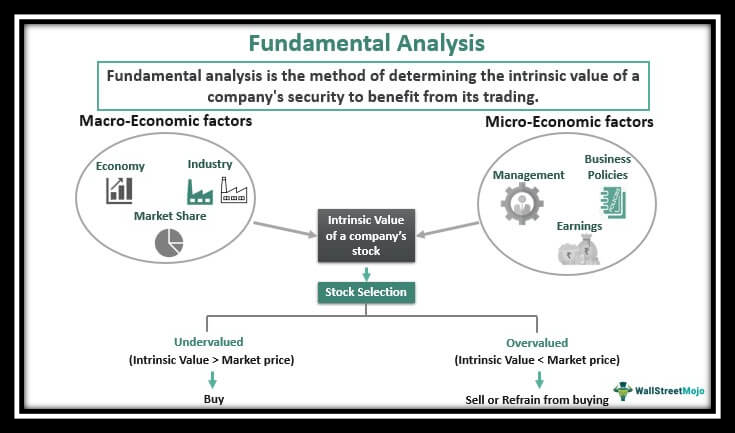Stock Market Fundamentals and Investment Strategies Entering the world of stock market investing can be both exciting and overwhelming.
The landscape is filled with diverse opportunities, complex terminologies, and fluctuating trends.
To navigate this financial realm with confidence, it’s crucial to establish a strong foundational understanding of stock market fundamentals and investment strategies.
Understanding Stock Markets: The Basics
- Stocks: Stocks, also known as shares or equities, represent ownership in a company. When you buy a stock, you become a shareholder, which means you own a portion of that company.
- Stock Exchanges: Stocks are traded on stock exchanges like the New York Stock Exchange (NYSE) and NASDAQ. These exchanges provide a platform for buyers and sellers to trade shares of publicly listed companies.
- Market Capitalization: This refers to the total value of a company’s outstanding shares. It’s calculated by multiplying the stock’s current price by the total number of shares.
Key Investment Strategies
- Long-Term Investing: This strategy involves buying and holding stocks for an extended period, often years. It aims to benefit from the overall growth of the market and the potential for compounding returns.
- Value Investing: Value investors seek stocks that are trading below their intrinsic value. They believe that these undervalued stocks have the potential to rise in price as the market recognizes their true worth.
- Growth Investing: Growth investors focus on companies with high growth potential, even if their current stock prices might seem high. They expect these companies to deliver substantial earnings growth in the future.
- Dividend Investing: Dividend investors prioritize stocks of companies that regularly distribute a portion of their profits as dividends. This strategy aims to generate passive income.
- Index Fund Investing: Instead of selecting individual stocks, index fund investors buy a portfolio of stocks that mirror a specific market index. This approach provides diversification and minimizes risk.
Risk and Reward: The Risk-Return Tradeoff
All investments come with risks. Understanding the risk-return tradeoff is crucial.
Generally, higher potential returns are associated with higher levels of risk. It’s essential to find a balance between risk and reward that aligns with your financial goals and risk tolerance.
The Role of Research and Analysis
Successful investing requires diligent research and analysis.
This includes studying a company’s financials, its competitive landscape, industry trends, and macroeconomic factors.
Tools like fundamental analysis and technical analysis can aid in making informed investment decisions.
Diversification: The Power of Spreading Risk
Diversification involves investing in a variety of assets to spread risk.
By having a mix of stocks, bonds, real estate, and other assets, you reduce the impact of poor performance in any single investment.
Continual Learning and Patience
Stock market investing is a journey that requires ongoing learning. Stay updated on market trends, economic indicators, and investment news.
Remember that investing is a long-term endeavor. Patience is essential as markets can experience short-term fluctuations.
Consulting Professionals
If you’re new to investing, consider consulting financial advisors or professionals who can guide you based on your financial goals and risk tolerance.
Building a strong foundation in stock market fundamentals and investment strategies empowers you to make informed decisions, seize opportunities, and work towards achieving your financial aspirations.
As you embark on this journey, remember that investing is a blend of knowledge, strategy, and discipline.

Leave a Reply